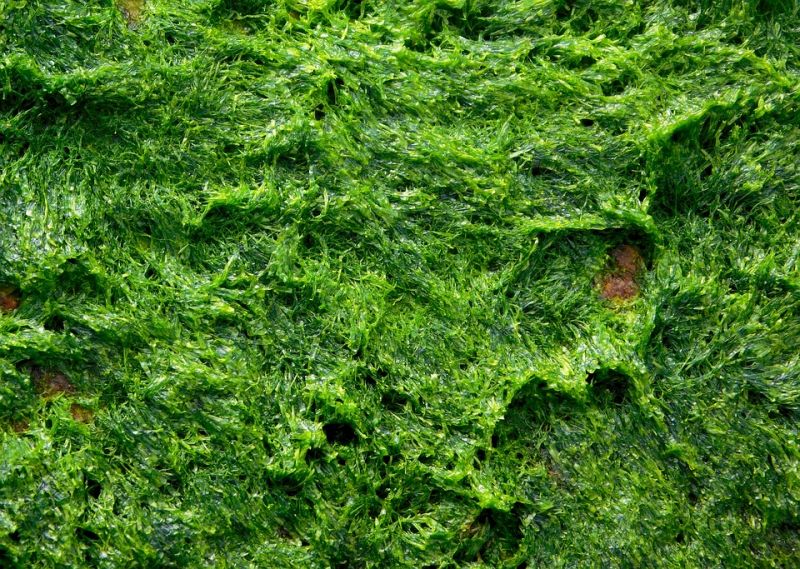How Algae Change Their Internal Solar Panels to Stay Alive
Published on by Water Network Research, Official research team of The Water Network in Academic
A collaboration between the Benning and Kramer labs is revealing how nature’s solar panels, found inside algae, constantly grow and shrink in size to adjust to changes in their environments, a crucial system that ensures their hosts stay healthy and alive.

Representative image, source: Pixabay
The scientists want to use this knowledge to someday syphon the energy from nature’s solar panels into technologies that benefit humanity. This vision requires they know how and when the solar panels work best in their natural contexts, where they face scalding sunlight, cold temperatures, drought, and countless other variables.
The solar panels, called expand iconthylakoids (thigh-la-koyds), kickstart expand iconphotosynthesis, the process that powers life on Earth by capturing sunlight and turning it into food and consumable energy.
When photosynthetic organisms have enough resources to grow – nutrients, the right temperature, enough water – photosynthesis hums along and they thrive.
But during difficult times – say, nutrients are scarce, or the environment is too cold or dry – neither can the organisms grow nor can they hide from the hostile environment.
In those cases, they must dial back photosynthesis until the stress blows over. This ability to change the rates of photosynthesis is a matter of life and death. Without it, the organisms produce bad toxins that inflict self-harm that can be fatal.
The new study, published in The Plant Cell, shows that a expand iconprotein in algae, called PGD1, contributes to managing the size of the solar panels in response to changes in the alga’s environment.
The Science: The type of ‘fat molecules’ algae make changes how they capture sunlight
Like actual solar panels, thylakoids are made of layers of film (or membranes) that contain antennae to capture sunlight. In addition, they have machines to convert that sunlight into energy and food that can be consumed by living beings.
The film layers, the focus of the study, are made of expand iconlipids, small molecules found in fats and oils.
By adjusting the amounts and types of lipids, an organism can change the size of its solar panels and control photosynthetic activity – say, the more surface, the more antennae and machines can fit on it, the higher the photosynthetic activity.
During stressful times, however, organisms change the lipids to “downsize” the film layer. With less surface area to capture sunlight, photosynthesis is dialed down.
“The lipid-processing protein, PGD1, has been known to contribute to the amount and make-up of thylakoid film lipids,” says Zhi-Yan (Rock) Du, a post-doc in the Benning lab. “What we found was that this protein manages the most abundant type of lipid, which accounts for about 50% of the thylakoid’s lipid make-up.”
In fact, when the scientists genetically removed that lipid-processing protein from an alga strain, Chlamydomonas reinhardtii, the thylakoid structure was altered, and so was the number of antennae and machines within.
Read full article: Michigan State
Media
Taxonomy
- Decontamination
- Algaecides
- Resource Management
- Water Resource Management
- Algae
- Pollution
- Urban Resource Management
- Water Resource Management
- Pollution
- Pollution
- Contaminant Control